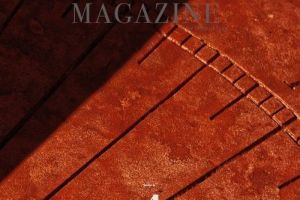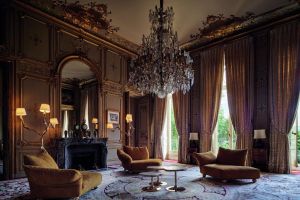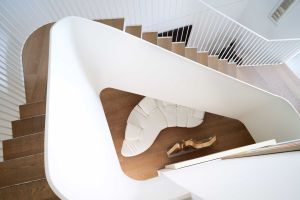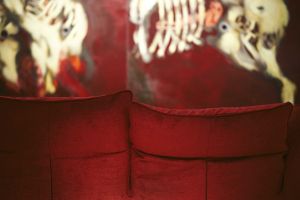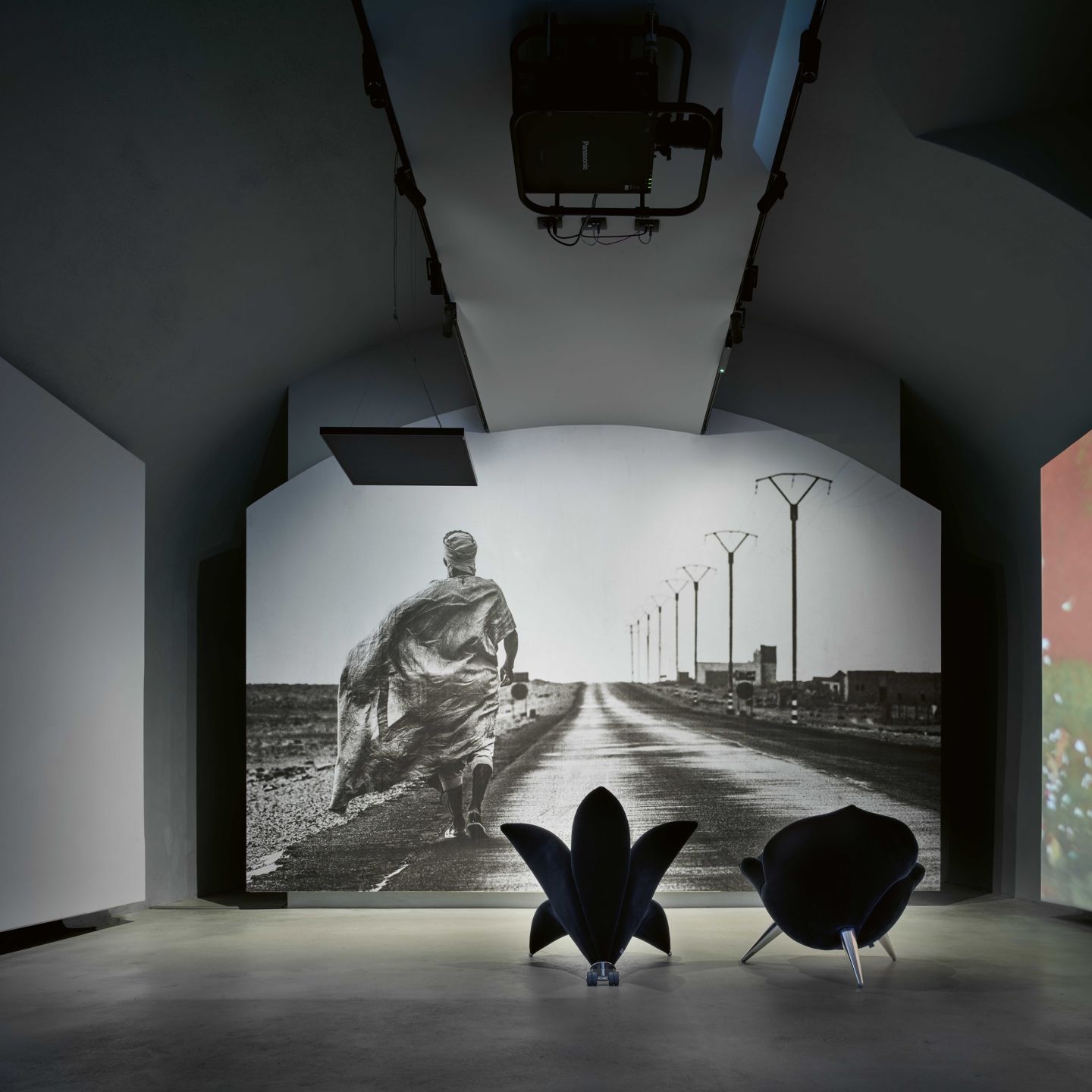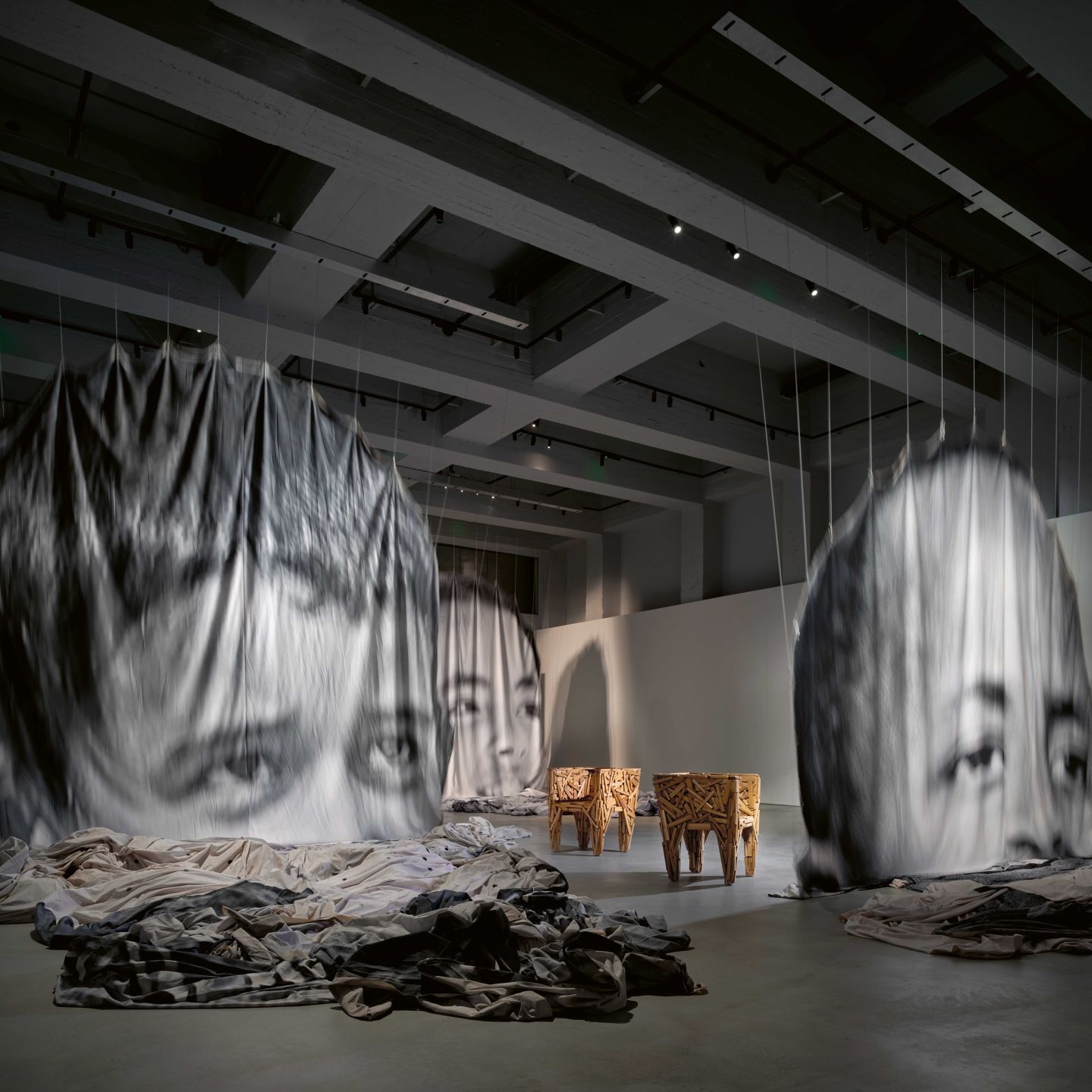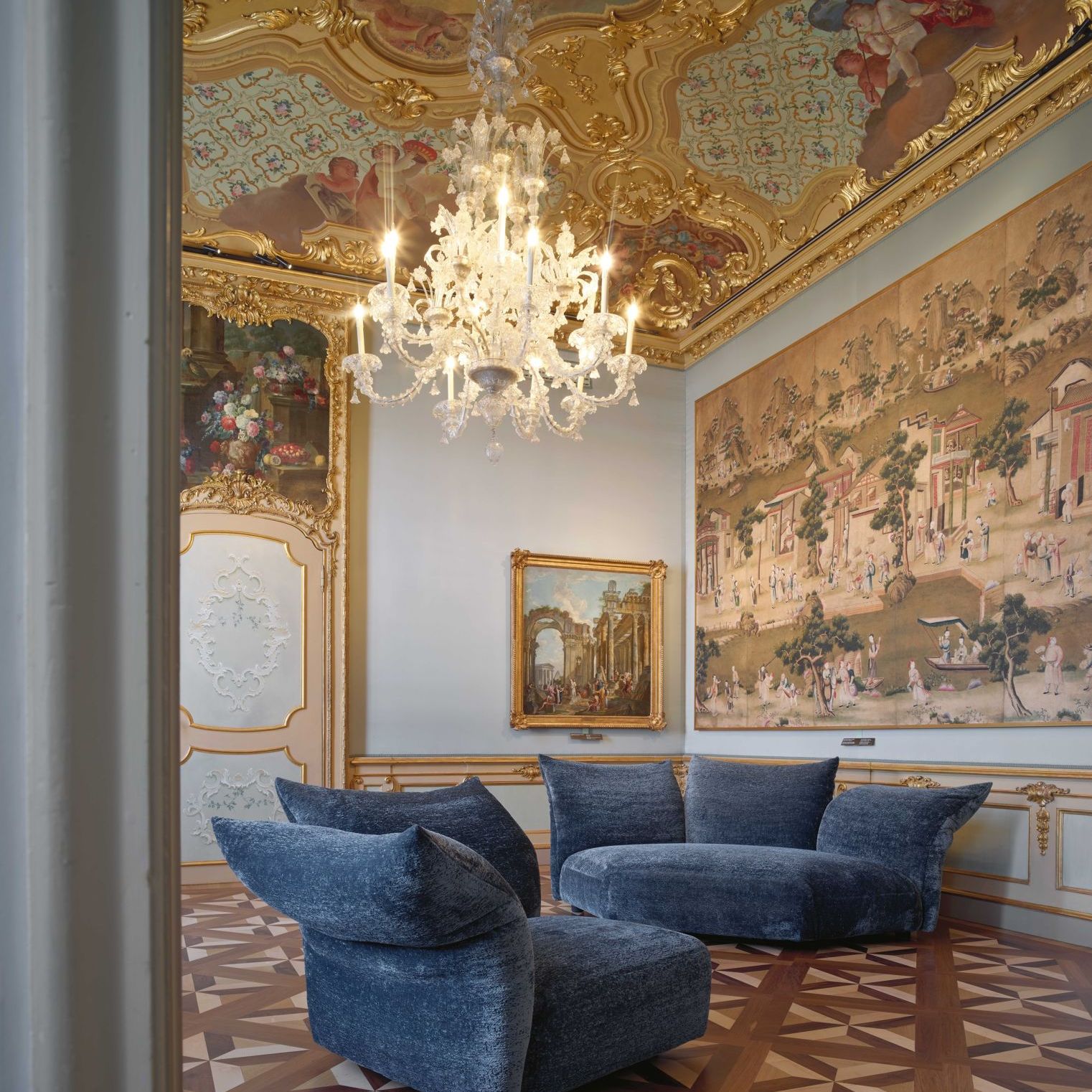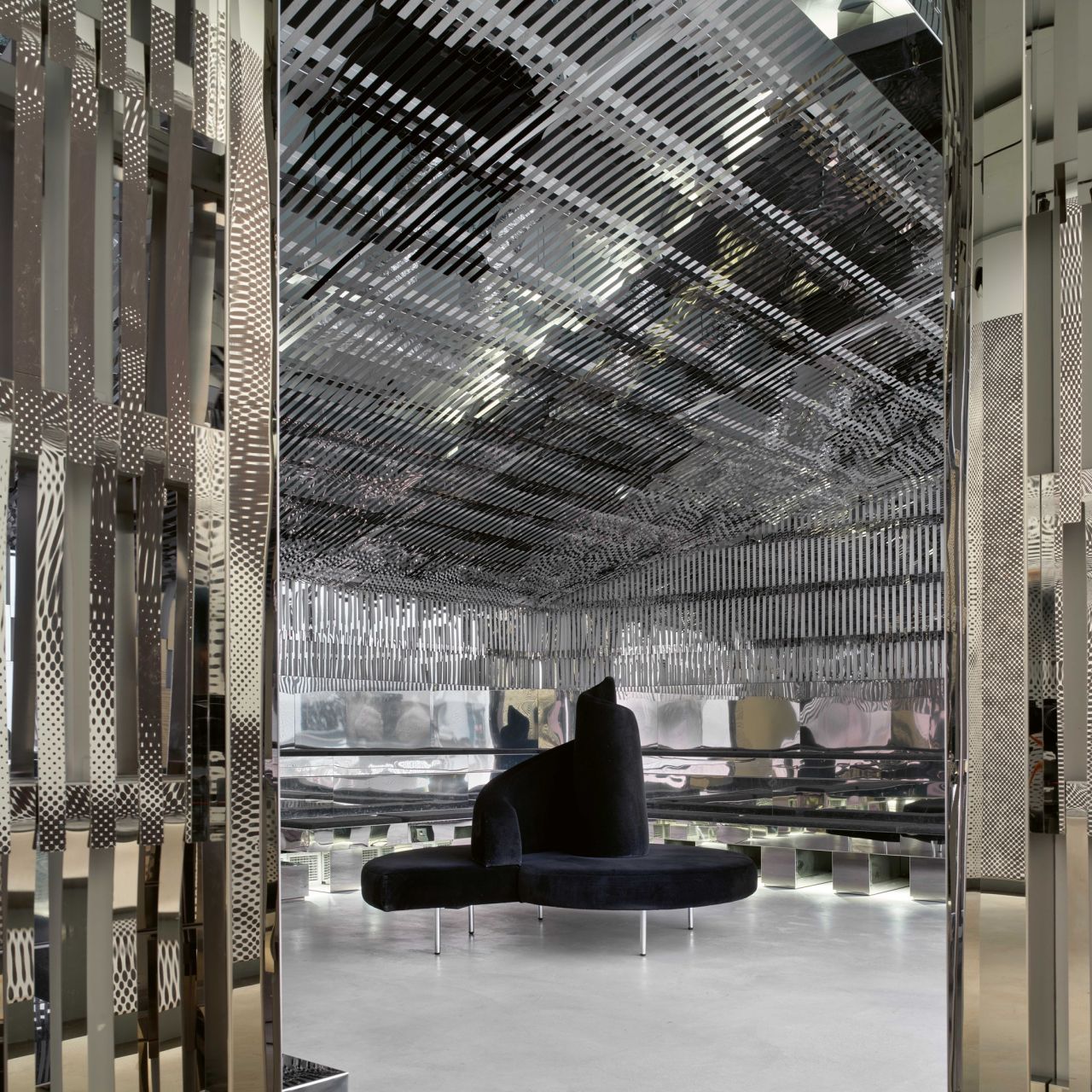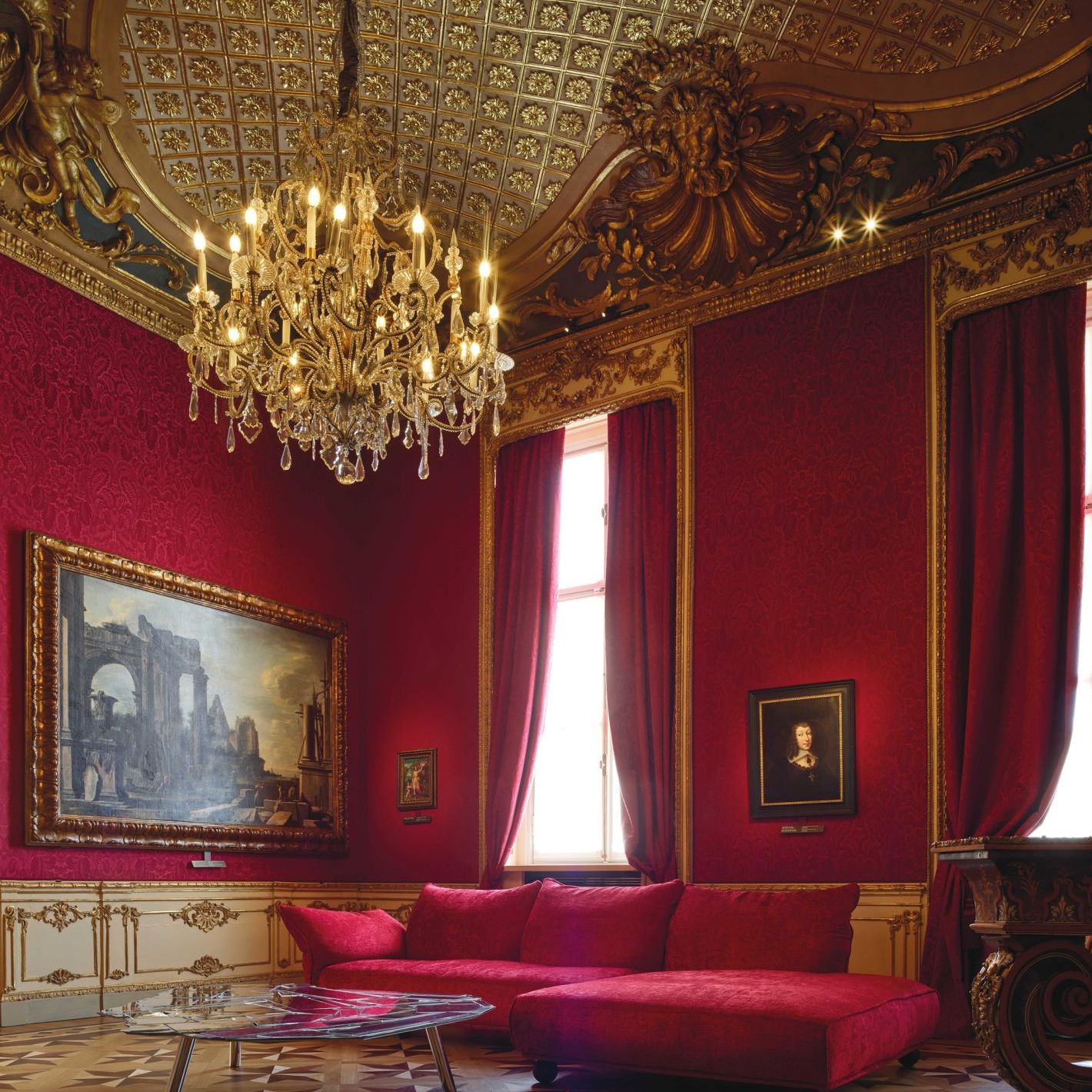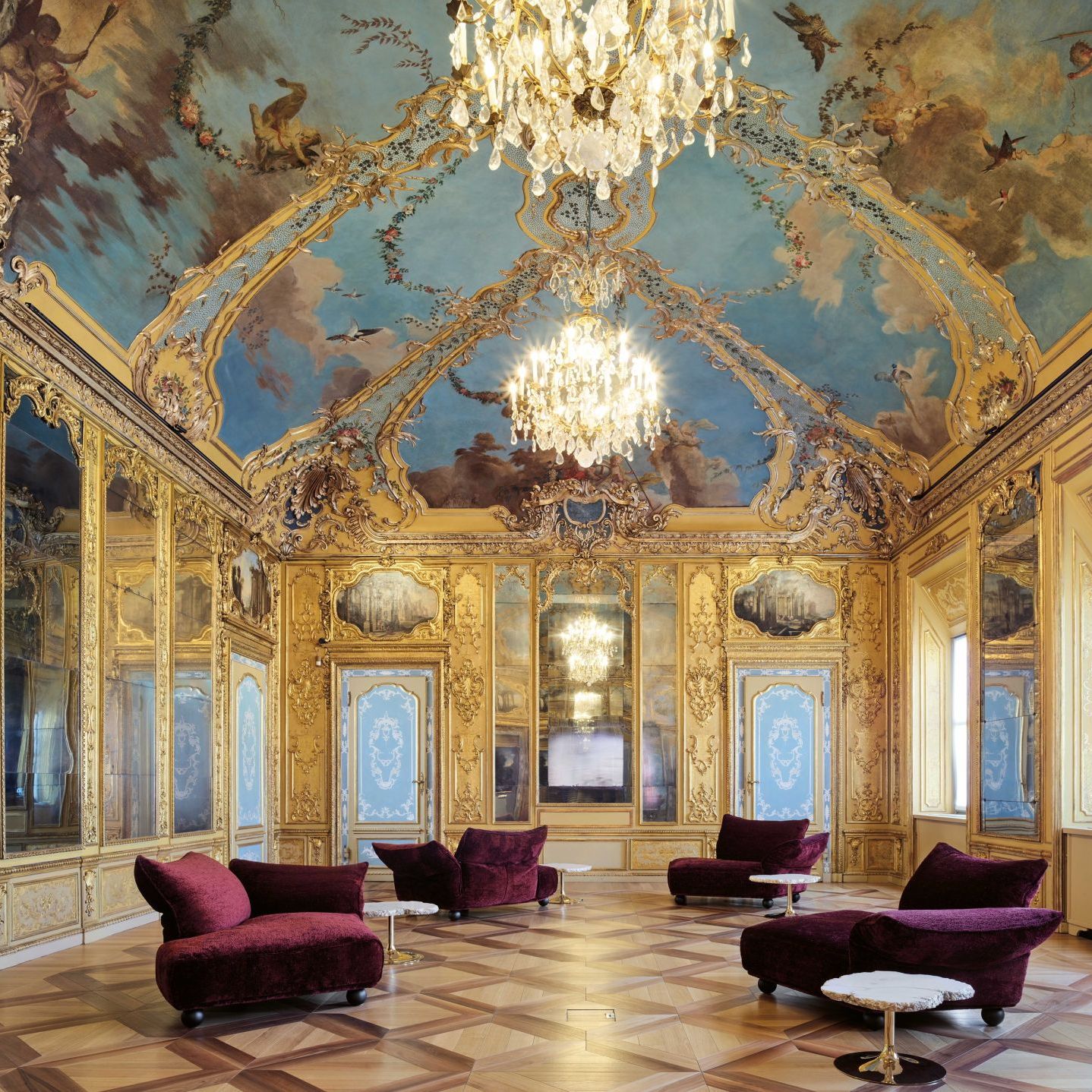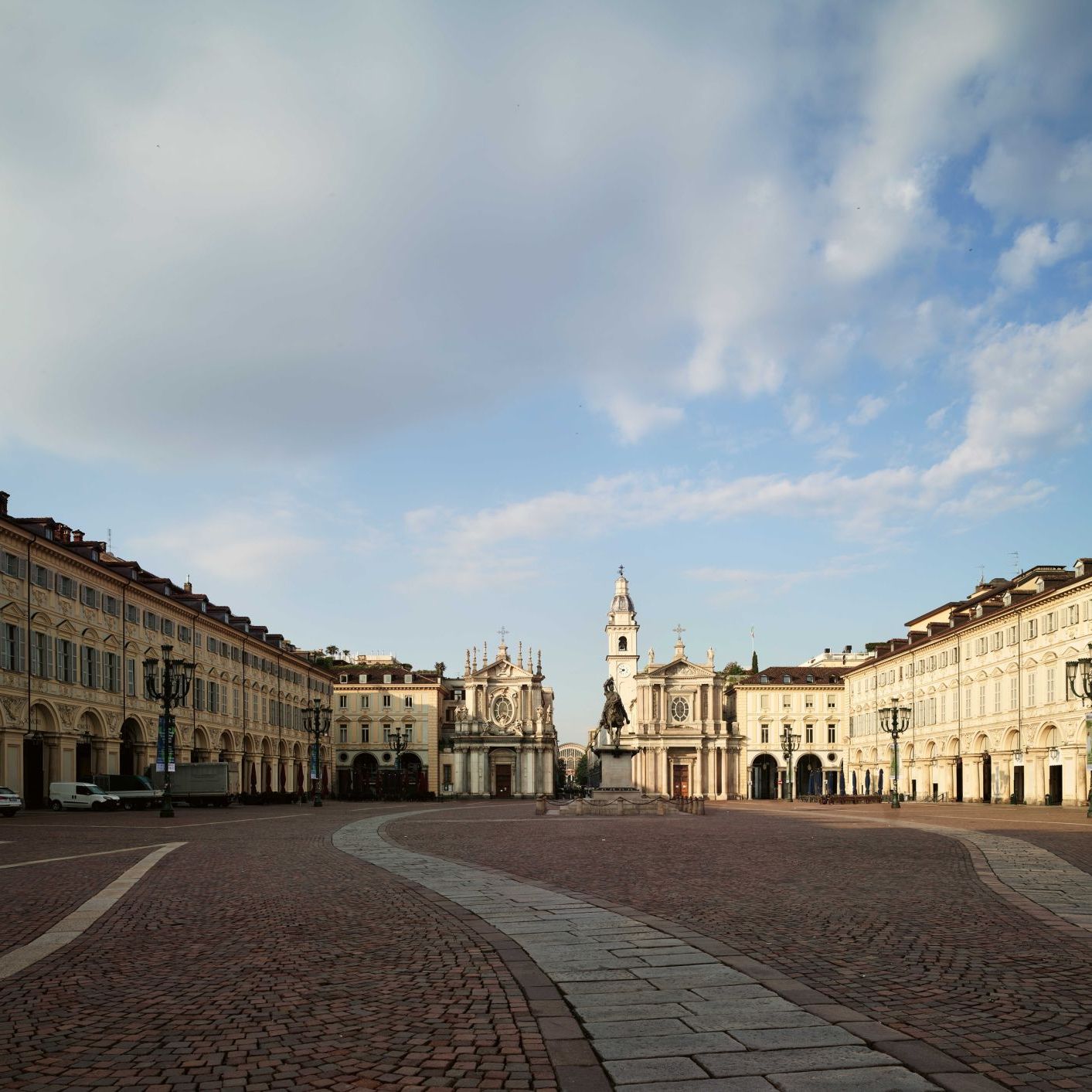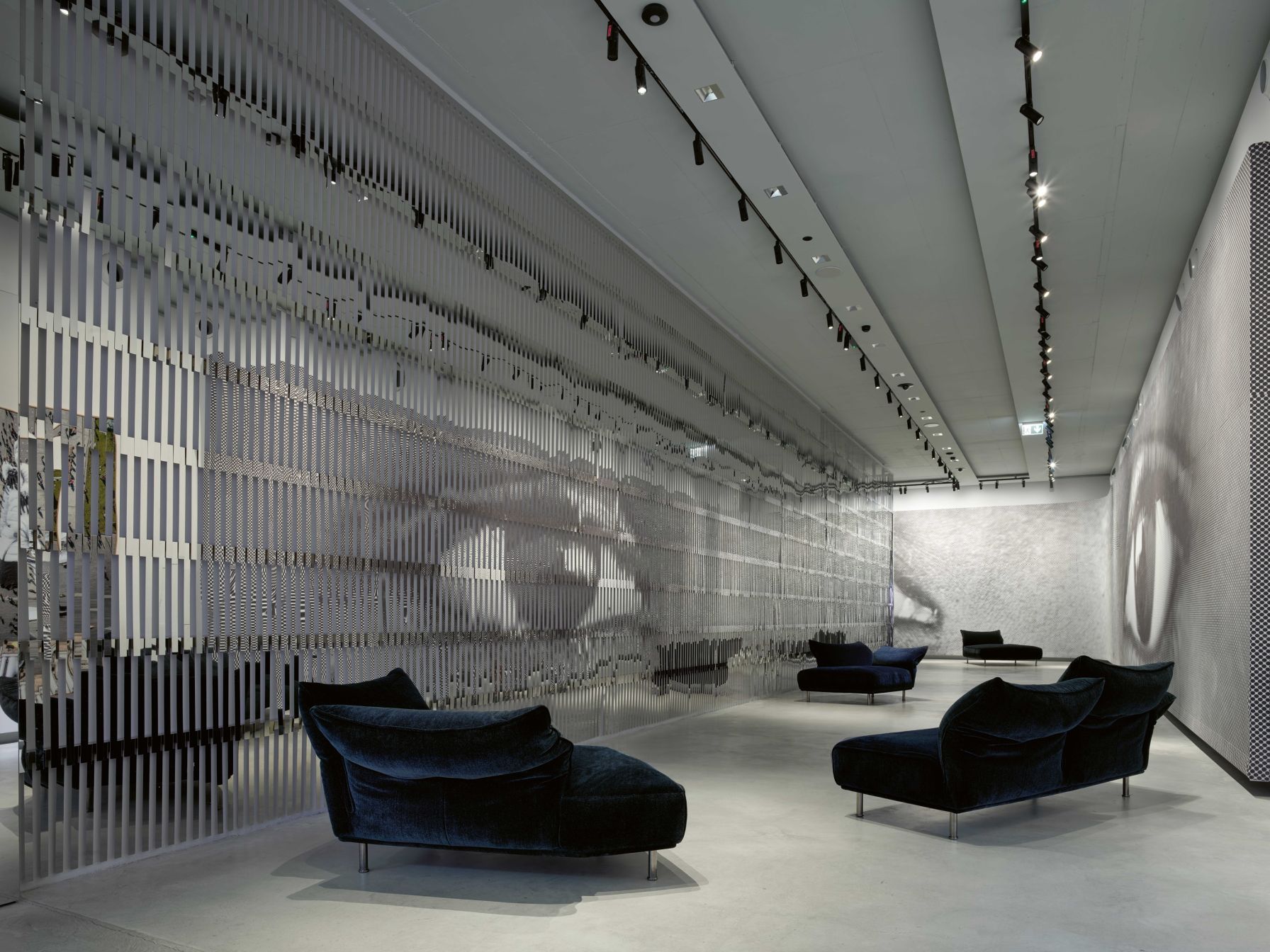
October 2023
Silvana Annicchiarico
Gallerie d'Italia in Turin
The building was once a Bank: the historic headquarters of Intesa Sanpaolo in Turin. Now that Intesa's headquarters have moved to the Renzo Piano-designed skyscraper close to Porta Susa station, Palazzo Turinetti is the Turin branch of Gallerie d'Italia, in a transition from place of economic transaction and financial investment to a place of exhibitions and culture, that seeks, based on its reserves of heritage of the past, to interrogate the present, and imagine the future.
In the vision of Banca Intesa, investments in art and culture, and taking liability for beauty, are no less important than more strictly economic investments related to national growth. And so now the piano nobile of Palazzo Turinetti houses a selection of Piedmont baroque work, together with nine paintings from the San Paolo Oratory, created in 1563, which were the Bank's first important commission.
However the real protagonist of the new museum space is photography. The underground areas, where bank vaults once stood, is home to the Intesa Sanpaolo Publifoto Archive, a collection of over 7 million photographs taken between the 1930s and 1990s by one of Italy's most important photography agencies. Perhaps it is photography's infinite capacity for transforming, and technologically adapting to the times, that makes it the means of expression and communication most capable of intercepting societal changes and being attuned to epochal transformations. Which is why the Turin branch of Gallerie d'Italia (the fourth after Vicenza, Naples and Milan) not only houses the Publifoto archive (now being digitised and soon available to the public) but also has a calendar of temporary exhibitions. These make use of photography's intrinsically oxymoron nature - photographs are always and simultaneously objective document and authorial subjective vision - to shed light on the challenges of the contemporary world, from the battle against poverty, to action on climate change, taking in on the way issues related to inclusiveness and education, with the aim of informing a new sensibility and awareness on the social urgencies of today's world. Antonio Carloni, vice director of Turin's Gallerie d'Italia explains, “The museum has been conceived as a testimonial to the times we live in, a space where citizens can gain understanding of the significant issues in the world we live in, which is why the programme tries to look at and interpret the contemporary”.
The Palazzo's renovation was entrusted to architect Michele De Lucchi, one of whose interventions was to open access to the underground floors through the building's Cloisters. This is almost a Renaissance staircase in reverse, intended to make spaces that were hidden and unused for years accessible to the general public. The whole area below ground is now given over to exhibitions by important contemporary photographers commissioned by the Bank. The Museum's inaugural exhibition was Paolo Pellegrin's Una fragile meraviglia. Un viaggio nella natura che cambia (A fragile wonder. A journey through changing nature) curated by Walter Guadagnini with the contribution of Mario Calabresi. This new work investigates the theme of climate change through an image-based reading of the relationship between humans and their natural environment.
Pellegrin's exhibit dialogued with Dalla guerra alla luna (From War to the Moon) 1945-1969, a selection of historical images taken from the Publifoto Archive, documenting Italy's economic miracle from the end of the Second World War to the landing on the moon, and curated by Giovanna Calvenzi and Aldo Grasso.
From February - July 2023, Palazzo Turinetti hosted an important exhibition by French artist and photographer JR, known throughout the world for the attention he dedicates to the issue of migrants and refugees. Déplacé ∙e ∙s project was presented for the first time in the Turin exhibition, and began in 2022 when the artist travelled through the crisis zones of the world, from war-torn Ukraine to the endless refugee camps of Mugombwa in Rwanda, Mbera in Mauritania, Cùcuta in Colombia and Lesbos in Greece, reflecting on the desperate conditions millions of people live in today, caused by conflict, war, famine, climate change, persecution, and ideological, political, ethnic and religious discrimination. In Turin JR also created a public art performance, a sort of secular “procession” with over a thousand people carrying five giant banners, depicting images of children the artist had met in refugee camps, to Piazza San Carlo from nearby streets. The giant images, only visible from above using drones and birds-eye shots, were an attempt to redress and make amends for the inadequate representation that innocent victims of epochal tragedies are almost always condemned to.
The banners have become part of his exhibition, transformed into monumental photographic hangings and fragments of travel storyboards in video, they constitute the through thread of a journey starting at the museum entrance with an image of a giant eye printed on the door, and that ends in the vast immersive cavern underground, with its sensation of participating in a ritual of collective consciousness.
Through his images, and with his giant eye observing us, JR is saying we must have the courage and strength to re-adjust our gaze, must never close our eyes, and that certain gazes seemingly coming to us from far away are actually looking back at us very deeply.
His vision is powerful. A vision that does not denounce, does not shout or protest. It simply shows. It asks us not to stop looking, and to be aware of what is happening.
The choice Edra made to photograph some of its products in the setting of the museum spaces corresponds to its own particular vision but at the same time concurs with JR's gaze on the world, and the mission of Gallerie d'Italia to use art, photography and culture to promote values such as liberty, imagination, creativity and participation. And so, on the floors of the piano nobile inlaid with precious woods, amid the crystal chandeliers, mirrors, baroque paintings, and walls gilded and decorated with purple brocades, Edra positioned Francesco Binfaré's Standard sofa in accord with the colours and forms of the surroundings,in the same way as the small alabaster Cicladi tables by Jacopo Foggini and the Brasilia side table by the Campana Brothers. In the entrance, opposite JR's giant wide-open eye, Binfaré's petroleum-coloured sofas were placed as an invitation to return the gaze, a visual version of a cinematic shot and counter-shot.
However, in the space where JR, with his social and visual sensibility, positioned his giant banners of children's faces, only revealed when the banners are hoisted and go from shapeless rag to being face, history and identity: here Edra wanted to put the Campana brothers' Favela armchair, a seat designed to be made with scraps gathered in the streets, and through its materiality expressing the same significance of identities snatched back and reborn that unfolds in JR's banners. In a similar vision the Tatlin sofa by Roberto Semprini and Mario Cananzi, with its circular movement, invites us to keep an all-embracing panoptic view of the surrounding space and the devastation it contains. Instead, two delicately joyful seats like the Getsuen and the Rose Chair by Japanese designer Masanori Umeda, seem to want to introduce a ray of life and hope, faced with a landscape of loss and flight into the unknown like that of JR's photographs.
In short, design establishes a relationship, with the art, with the photography, and with the Palazzo, based on a vision that intends to make museum spaces into vital living organisms, not limited to conserving vestiges of the past, but leaning into the present, investigating it, and interrogating us all on our way of being part of our times. Antonio Carloni, vice director of the Turin Gallerie d'Italia states clearly: “I believe that if a museum wants to have an important civil role in contemporary society, it has to stop being a museum”.
 |
Silvana Annicchiarico Architect, lives in Milan and works as a researcher, critic and teacher. She is consultant for public organisations and private companies. In the exhibitions and publications she is involved in, she deals with contemporary issues, the works of the great masters and the new names of design. From 2007 to 2018, she was Director of the Triennale Design Museum at Triennale Milano. |





